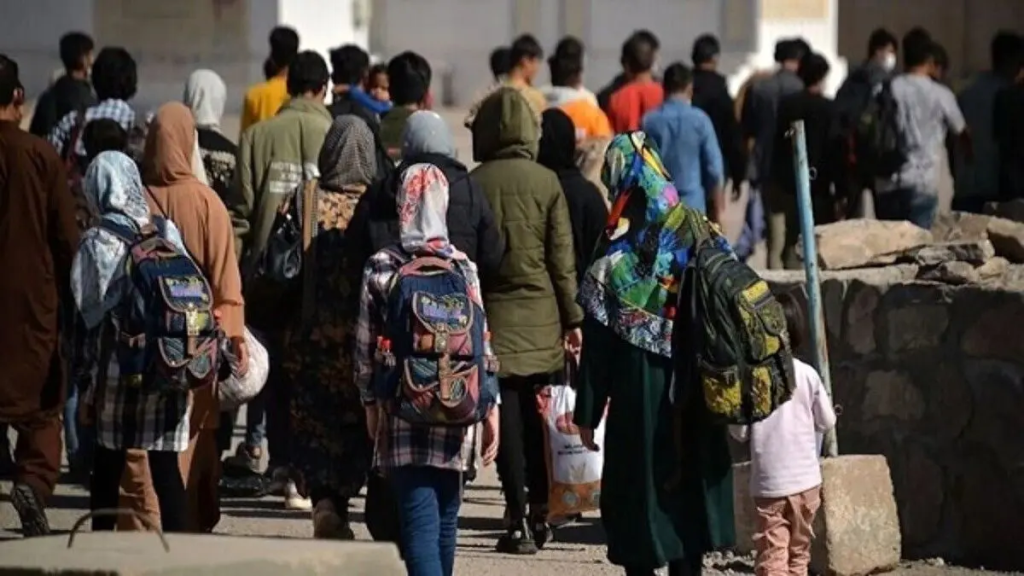Afghanistan Cannot Cope with Wave of Returning Migrants
DIDPress: With the widespread expulsion of migrants from Pakistan and Iran, millions have returned to Afghanistan—a country lacking the necessary resources to receive and accommodate them.

Following the implementation of strict immigration policies in neighboring countries, Afghanistan has witnessed the forced return of millions of its citizens from Pakistan and Iran. This has become one of the most severe population displacement waves in the region in recent years.
According to international organizations, since September 2023, over one million Afghans have only returned from Pakistan, and nearly another million from Iran.
It is predicted that this trend will continue in 2025, with at least 600,000 more expected to return.
Migrants are returning to a country already grappling with an economic crisis, the collapse of social infrastructure, and a severe shortage of job opportunities.
Currently, two-thirds of Afghanistan’s population is in need of humanitarian aid, and the large-scale return of migrants is placing additional pressure on the already limited resources.
Many of those returning lack shelter, income, identity documents, land, or social connections in their destinations.
These conditions greatly increase the risk of “secondary displacement” and pose a serious threat to social stability and human security within Afghanistan.
The situation is even more difficult for women, especially female-headed households, who face not only economic challenges but also greater social and security restrictions.
Humanitarian organizations such as ADSP have called on the international community to view the crisis as a structural transformation rather than a short-term emergency.
They emphasize the urgent need to support returnees by providing sustainable solutions such as access to land, employment, education, and social services.